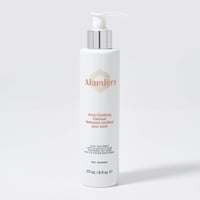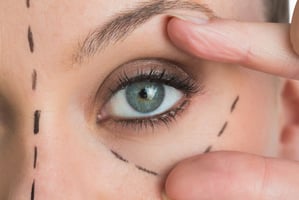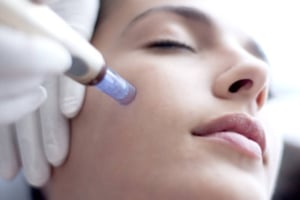It's likely that you've seen some pimple-related debris come out if you've spent hours in front of...
Signs of Infection From Tattoo Removal
 Image Source: FreeImages
Image Source: FreeImages
When going through the process of tattoo removal, you’ll want to know what to look out for if you suspect your body is reacting negatively. Infection can come in many forms, and it’s important that you understand all of the risks involved. If you have a tattoo that needs removing or are thinking about getting one, it’s important that you consider all possible risks. While they are also small and hidden on most people, tattoos are an opportunity for bacteria to enter your skin. This means that if you get a tattoo, there is a chance you could get an infection during the removal process. The good news is that with proper care and precautions, these risks can be reduced to almost nothing. Keep reading to find out more about how to avoid infection from tattoo removal…
Tattoo Removal Basics
If you’ve got a tattoo that’s causing you pain or discomfort, it might be a good idea to consider having it removed. Tattoo removal is a process that involves breaking the ink down and removing it from your skin.
There are a few different options out there for removing tattoos, including laser removal, Microneedling, and chemical peels. Each of these options has both benefits and downsides. For example, laser removal is generally quick and effective, but it can be very expensive. On the other hand, chemical peels are cheap but can be incredibly painful and take a long time.
With that in mind, it’s important to go over the pros and cons of each tattoo removal method before deciding which one is right for you.

How to Know If You Have an Infection
Infections related to tattoo removal are actually pretty rare, but they do happen. There are a few signs of an infection that you should be on the lookout for, including redness, swelling, and pain. More severe infections can also cause fever and chills.
If you notice any of these symptoms, you should head to the doctor right away to rule out any infections. This can help you get the treatment you need to quickly get rid of the infection and heal properly. Infections may not show up for a few days after the removal process, so it’s important to keep an eye out for signs of infection even if you don’t experience any symptoms right away.
Treatments for Tattoo Infections
If you do experience an infection from your tattoo removal, you’ll want to treat it as soon as possible. This will help reduce the severity of the infection and reduce the amount of healing time needed.
The first thing you’ll want to do is wash the area thoroughly with soap and water to remove any dirt or bacteria. You should also apply antibacterial ointment or a bandage to the area to help fight off infection. It’s important that you follow these steps every time you remove the bandage to keep the area as clean as possible.
Finally, you should also keep the area elevated. This will reduce swelling and help any blood flow return to your heart more easily. However, it’s important that you don’t do it too often, as this can slow blood flow too much and cause other issues.
Tattoo Removal Creams With Antibiotics
Some tattoo removal creams come with their own antibiotics built in. This can help reduce the risk of infection during the removal process.
If you’re worried about an infection, you should consider a tattoo removal cream that’s infused with antibiotics. While this won’t eliminate the risk entirely, it can help decrease the odds of an infection by a good amount.
It’s also important to note that some creams are better than others, so make sure you do your research before making a purchase. Make sure the product is FDA-approved, and also check to see if it contains any benzoyl peroxide or hydrocortisone. These are known to be anti-inflammatory and anti-bacterial.
Tingling and Numbness Might Be An Infection
If the infection is more severe, you might notice that your skin is tingling or numb. This is a sign that the bacteria has spread to the nerves in your skin and is trying to travel up towards your nerves in your spine. If this happens, you’ll want to get checked out immediately and treated with antibiotics.
In order to avoid this, make sure you keep the area clean and follow the guidelines above. If you do experience tingling or numbness, it’s best to head to the doctor and get checked out. Even if the infection isn’t as severe, it’s always best to be on the safe side and get antibiotics as soon as possible to avoid complications.
Bottom line
Tattoo removal is a safe and effective process, but it can sometimes lead to infections if proper care isn’t taken. To reduce your risk of infection, it’s important to follow the aftercare instructions carefully. You should also make sure to go to the doctor if you notice any signs of infection. With proper care and caution, you can avoid an infection almost entirely.



